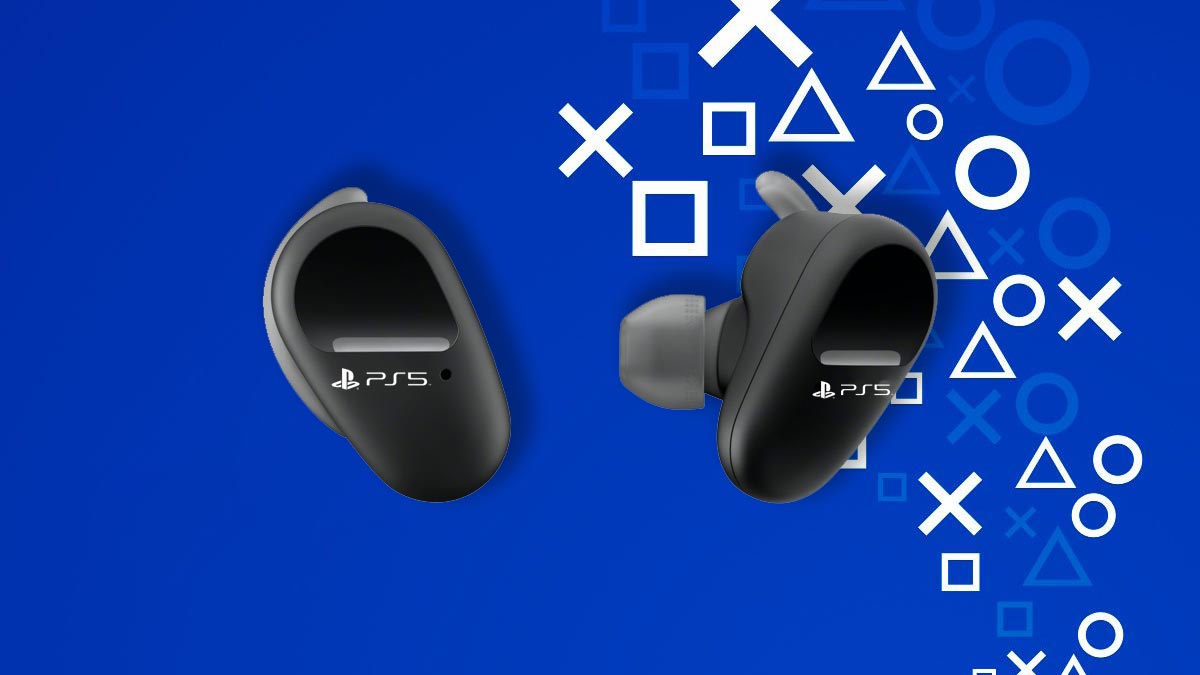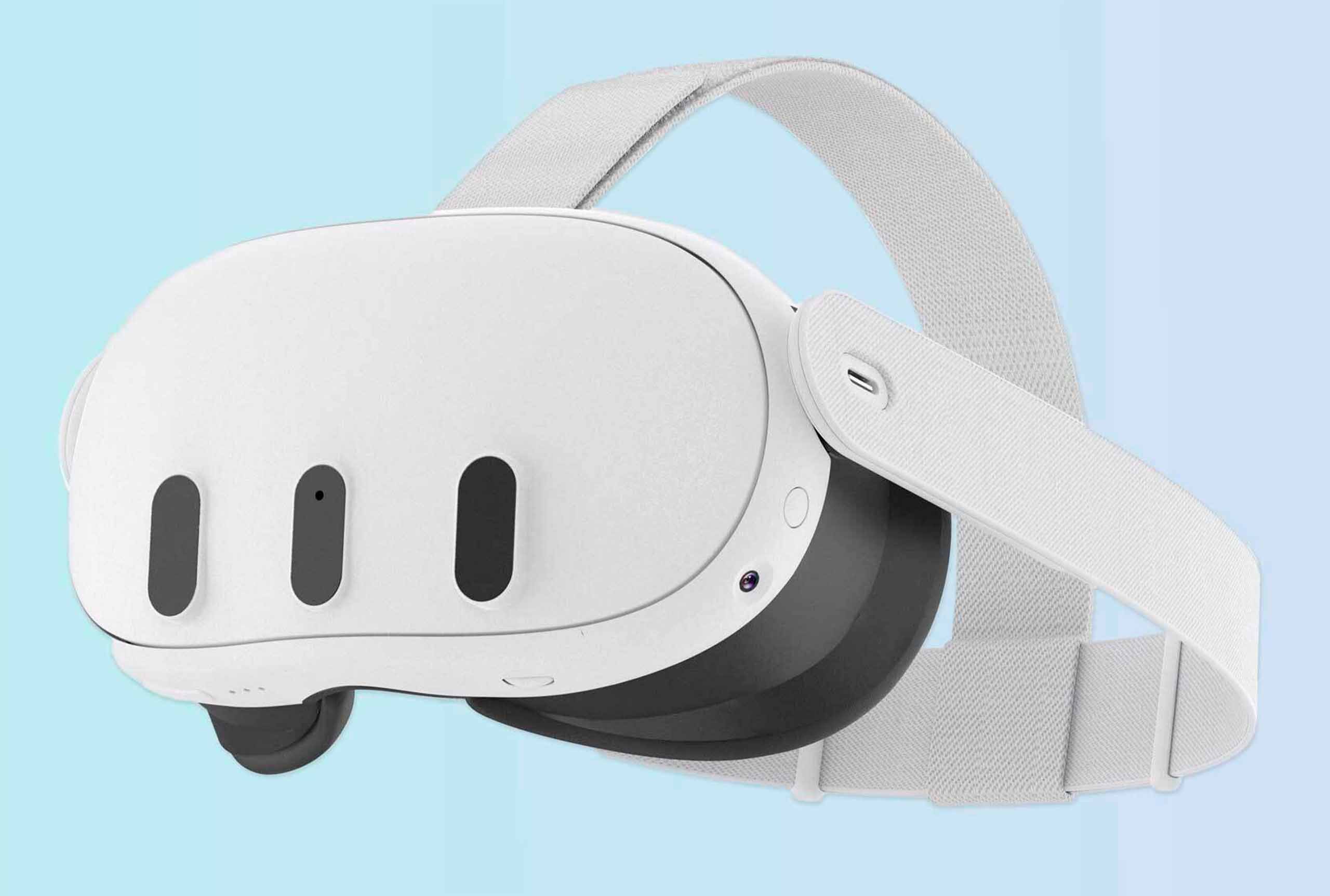Microsoft’s recent announcement regarding the escalation of Windows 11 upgrade reminders has stirred up discussions and concerns among Windows 10 Pro users. With the rollout of these heightened notifications, Microsoft is signaling its intent to push users towards adopting the latest iteration of its operating system, Windows 11. This move has prompted Windows 10 Pro users to brace themselves for an onslaught of prompts urging them to make the transition.
The decision to intensify the Windows 11 upgrade reminders comes as part of Microsoft’s broader strategy to encourage widespread adoption of its latest OS. Windows 11 boasts several new features, improvements in performance, and enhanced security measures compared to its predecessor. By nudging users towards upgrading, Microsoft aims to ensure that its customer base can benefit from these advancements while also maintaining compatibility with the latest hardware and software developments.
For Windows 10 Pro users, however, the prospect of incessant upgrade reminders may be met with mixed feelings. While some may welcome the opportunity to explore the new features and capabilities of Windows 11, others may be apprehensive about potential compatibility issues, disruptions to workflow, or the need to invest additional time and resources into the upgrade process.
Furthermore, the timing of Microsoft’s push for Windows 11 adoption raises questions for Windows 10 Pro users, particularly those who have grown accustomed to the stability and familiarity of their current operating system. With ongoing global challenges such as the transition to remote work and the need for seamless productivity tools, some users may view the upgrade to Windows 11 as an additional source of uncertainty or disruption.
In response to Microsoft’s latest announcement, Windows 10 Pro users are advised to carefully consider their options and weigh the potential benefits and drawbacks of upgrading to Windows 11. While the new operating system offers compelling features and improvements, it’s essential for users to assess their individual needs, requirements, and readiness for the transition.
Additionally, Windows 10 Pro users may explore alternative strategies for managing the upgrade process, such as scheduling upgrades during off-peak hours, leveraging compatibility testing tools, or seeking guidance from IT professionals or support resources. By taking a proactive approach and staying informed about Microsoft’s upgrade policies and recommendations, Windows 10 Pro users can navigate the transition to Windows 11 with confidence and minimize any potential disruptions to their productivity and workflow.
In conclusion, Microsoft’s decision to ramp up Windows 11 upgrade reminders signals a new phase in the evolution of its operating system ecosystem. As Windows 10 Pro users prepare themselves for this transition, it’s crucial to approach the upgrade process thoughtfully, evaluate the potential impact on their workflow, and leverage available resources to ensure a smooth and seamless transition to Windows 11, should they choose to make the switch.


